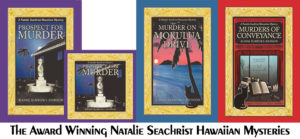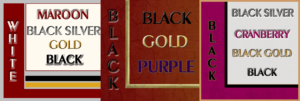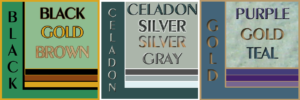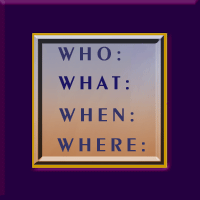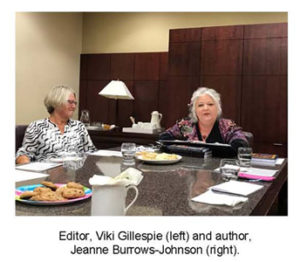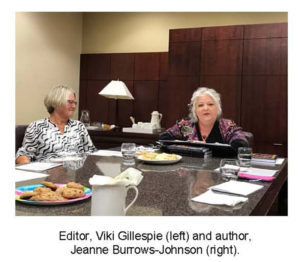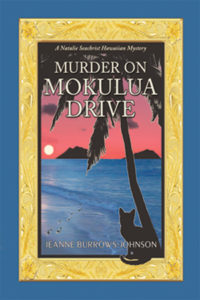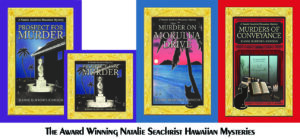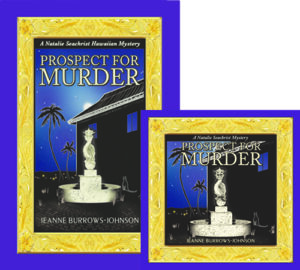
ENGAGING AUTHOR IMAGES
This year has taken wholly unexpected turns for everyone in our world. For too many, this has greatly impacted professional as well as personal well-being. Despite challenges to health, commerce, and public safety, I believe this period of global transition may prove productive for creative individuals and organizations. The following is the first of several suggestions for maximizing this unsought opportunity for enhancing our daily living ,as well as our event planning.
MAXIMIZING OUR RE-EMERGENCE
Let’s begin today’s conversation by considering how the global environment has benefited from the absence of traffic on the road and the re-modelling of some segments of manufacturing. None of us can predict how this may influence decisions that global leaders will make, but we can endeavor to see that our own work reflects progress on many fronts. Like a butterfly emerging from a caterpillar’s cocoon, each of us can come out from this challenging period of global blight with a re-orientation of our lives. From our personal appearance to that of the products and services we offer our multi-cultural world, we can magnify a new dynamism that will benefit more than our individual avenues of activity.
THE AUTHOR’S VISUAL PRESENTATION
Regardless of changes that may occur in the evolving retail marketplace, it’s likely that my books will continue to be sold—at least via the Internet. Fortunately, this ensures the longevity of my visibility. Therefore, it behooves me to ensure that the images I project reflect my inner self, which I have endeavored to embed in my writing. Most of us have heard the adage that an author or artist, should create works that reflect personal knowledge and experience. I have always strived to do this despite a narrowing path of the latter days of my life. Hopefully, the breadth of my creations will continue to demonstrate both my personal and professional growth.
DYNAMIC IMAGES FOR AUTHORS
There are many ways in which our images are utilized for branding and promotion. These can include business cards and brochures, websites, blogs, and interviews with the media, as well as the book jackets and bookmarks used by those of us who are authors. Sometimes pictures taken during events offer an active view of projects in which we are currently or previously involved. But given the casualness with which such pictures are taken, it is often more effective to use studio produced images that can be shaped and re-shaped to ensure the impact one desires for multiple purposes.
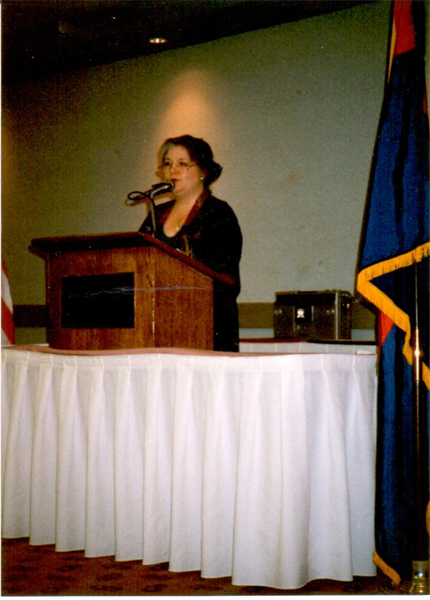
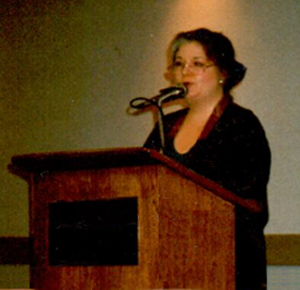
IMAGES FROM THE PAST
The first photo in the above pair was taken during a public speaking event at a service club’s meeting. As you can see, there are extraneous items surrounding me. So while this picture is ideal for discussing the purpose and content of that particular talk, utilization of this picture for other purposes required the adjustments that I made in the edit.
MY AUTHOR PORTRAIT
As noted in my blog of March 2020, I initially viewed this year as an ideal time to introduce a fresh look in my marketing materials. In contrast, since my personal appearance has not changed greatly, I chose to retain the professional photograph shot during the publication of Prospect for Murder. A few refinements were required to render that image effective. You see, my preferred photos were taken at the end of the shoot in a space whose air was treated by evaporative cooling rather than air conditioning. The result was that my hair was somewhat flat. Fortunately, I have a friend who copied, pasted, and tweaked my hair.
Other aspects of arranging my portrait included an elegant jacket and necklace, books to my side and a colorful Asian fabric as a backdrop. These choices combine to project an intriguing representation of the trio of Natalie Seachrist Hawaiian Mysteries which feature many pan-Pacific components. The one new element in my self-introduction is presenting my picture in a circle…I wonder if I could substitute the spines of my own books for the classic volumes beside me?
In considering images you will want to use, remember that your goal is to acquire a rich palette of images of yourself and your work. To achieve this, I suggest that you examine the many individual and group photos you may have already–in both hardcopy and electronic files. Even those from your youth may prove useful in discussing your personal and/or professional journey through life. And for each one, be prepared to shape multiple images that will prove effective for varying purposes.
FYI CAROL BLONDER, the lively host of NETWORKING ARIZONA interviewed me earlier this year. CLICK BELOW to catch the podcast. To learn more about Carol’s continuing connections with Arizona business professionals, visit her website https://networkingarizona.net/.
Wishing you the best in your creative endeavors,
Jeanne Burrows-Johnson, author, consultant, and motivational speaker
Another blog you may find of use for promoting creative projects is at https://blog.jeanneburrows-johnson.com/2017/01/book-promotion-and-evolving-art/
To learn more about the award-winning Natalie Seachrist Hawaiian Mysteries, including Murders of Conveyance [Winner, Fiction Adventure-Drama, 2019 New Mexico-Arizona Book Awards] and other projects, please drop in at my author’s website JeanneBurrows-Johnson.com. You’ll even find Island Recipes that might inspire your culinary creativity.
For more ideas to strengthen your Wordpower© and branding, please visit: Imaginings Wordpower and Design Consultation.
Follow Me:
Amazon, Arizona Authors Association, Apple Books
Audible, Authors Den, Barnes and Noble, Blogarama, Book Bub
Cozy Mysteries-Unlimited, Facebook, Good Reads, Hometown Reads
Book sellers may contact book distributors such as:
Baker & Taylor, Follett, IPG, Ingram, Mackin, Midpoint, TitleWave



